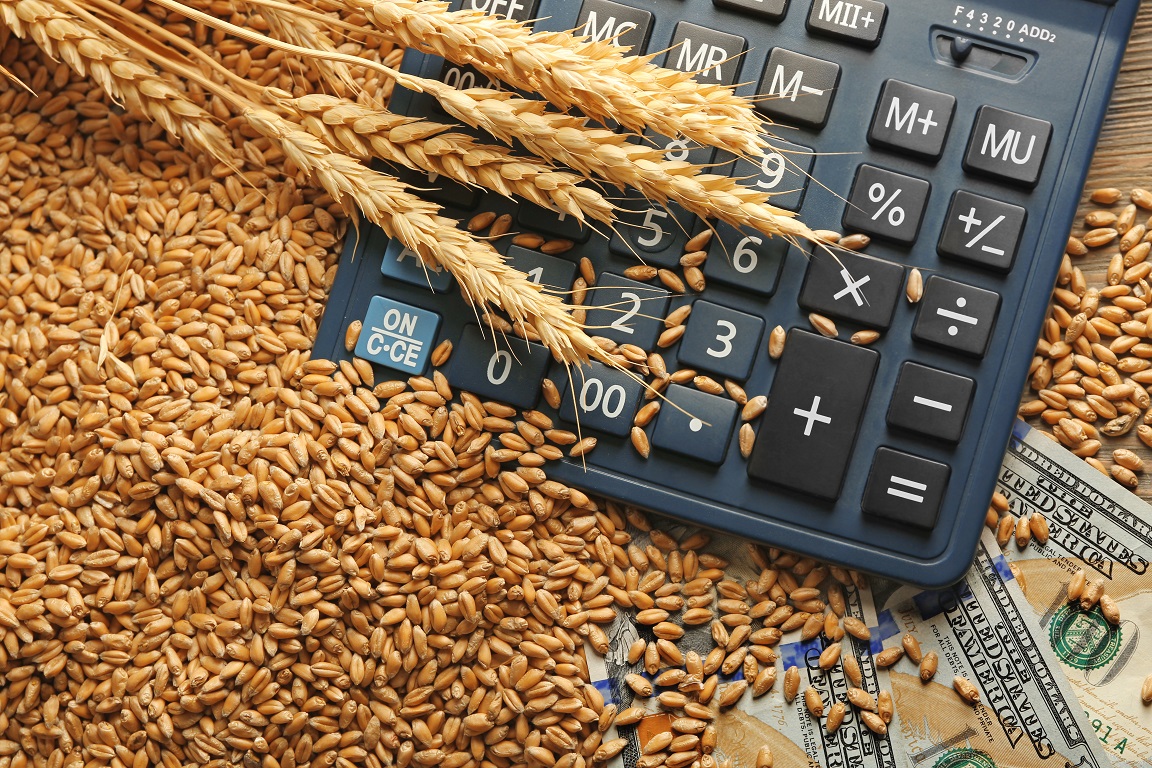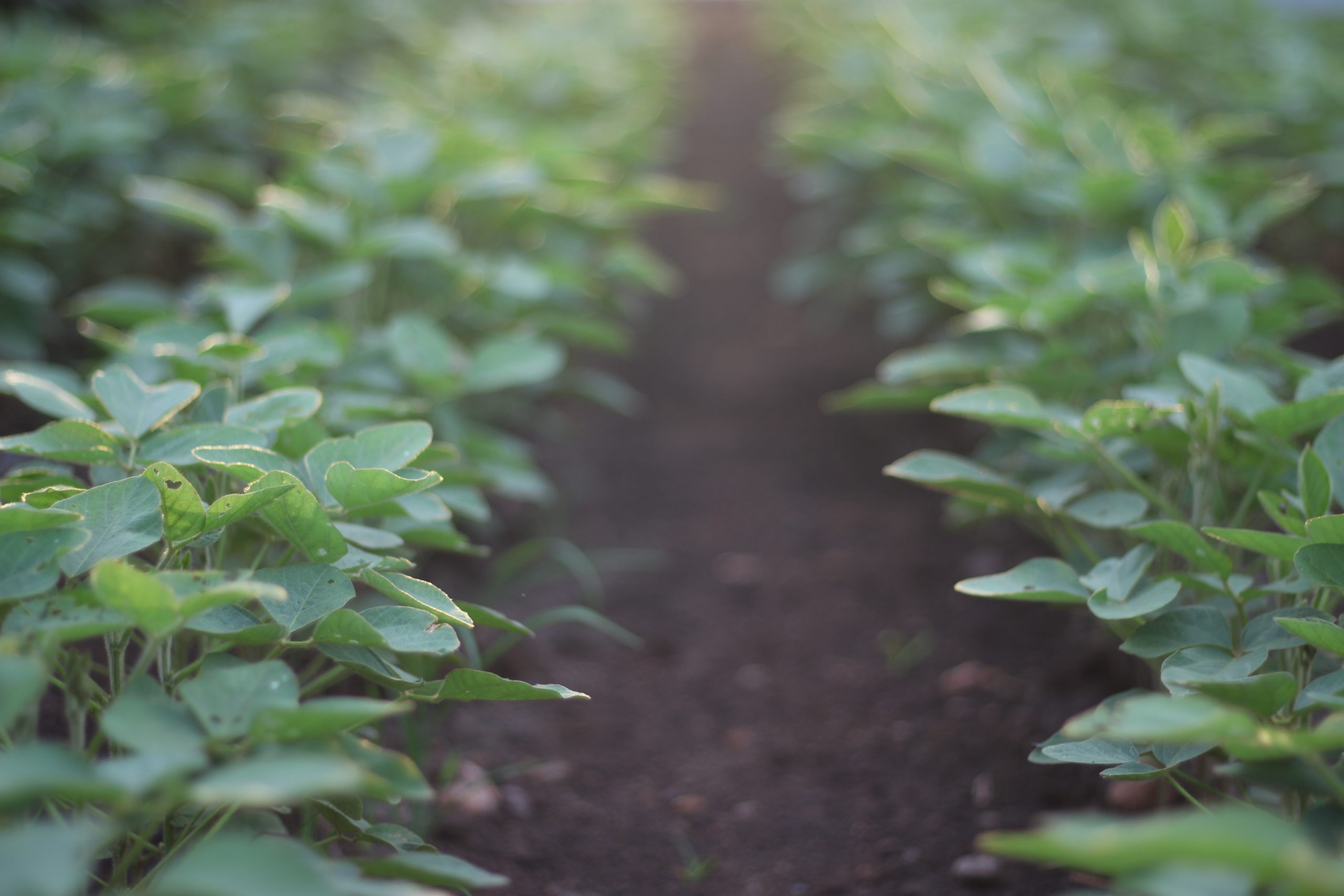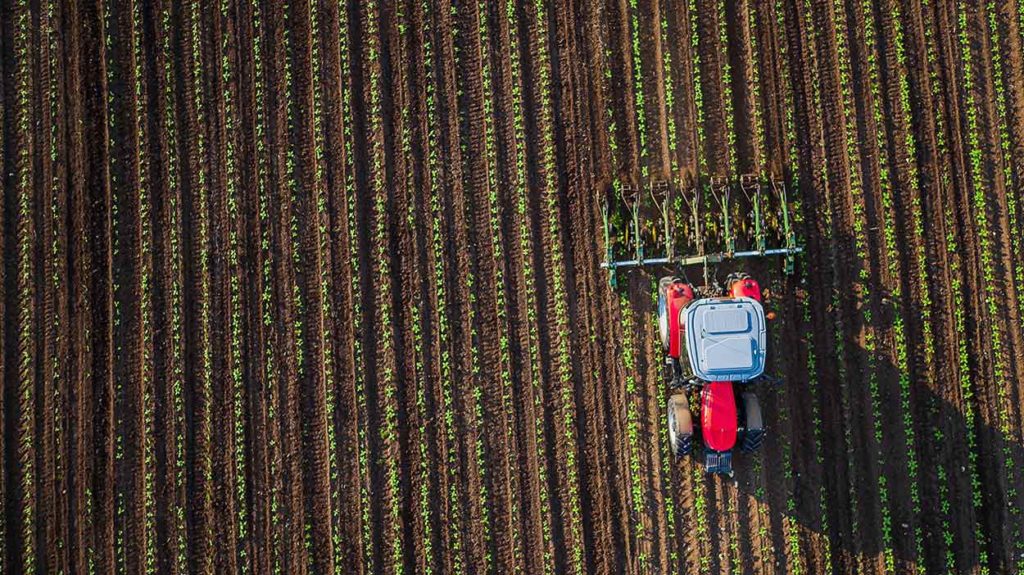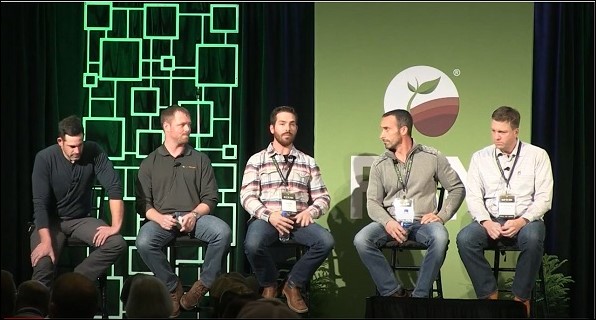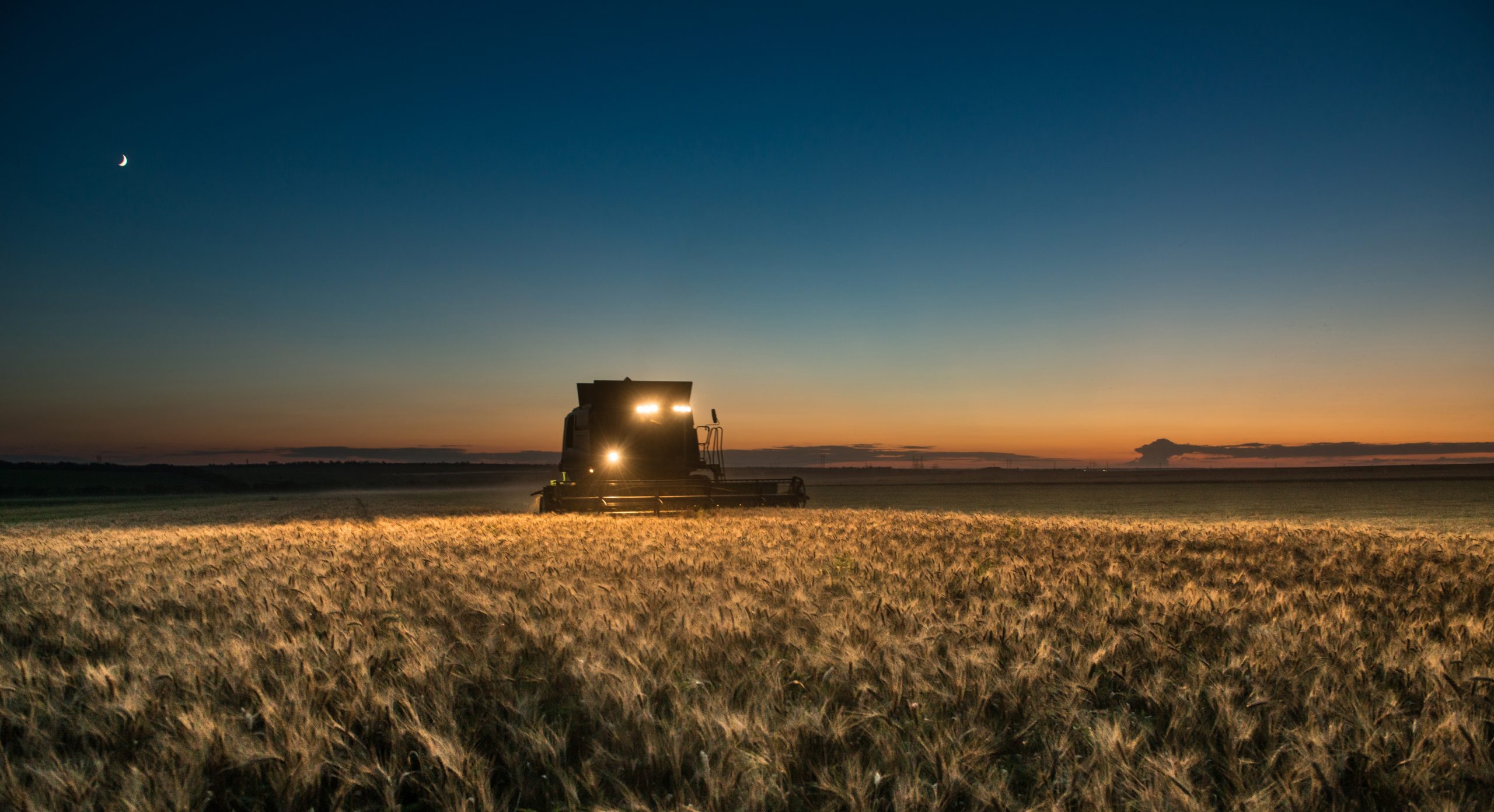- Published On: January 26, 2021
- Author: Steve Sinkula
If you’re thinking about organics, you’ve probably debated whether it’s going to pay off — literally. Yes, the price premiums are good, but you’ve heard your yields will take a hit. How can you predict profitability? The answer: calculating your organic breakevens.
What are an organic breakevens?
Simply put, it’s a way to calculate what you need to earn to break even on your expenses.
There are a few ways you can look at organic breakevens. A common one is cost per bushel. For example, if it takes $900 to grow an acre of corn, and you expect to produce 180 bushels per acre, then your per bushel breakeven is $5.00 corn.
You can also look at how much yield you need. If corn prices are currently $7.50, your yield breakeven is 120 bushels.
No matter how you approach them, organic breakevens can give you an accurate picture of profitability. They can help you determine when you need to lock in a price and if your yield expectations are realistic. If you typically yield 150-bushels and your current breakeven is 100 bushels, then you can feel confident you’ll be profitable. Or, if your crop insurance guarantee is 125 bushels, a breakeven of 100 bushels ensures you’ll “lock in” a profit.
Be realistic with organic breakeven calculations
When you don’t have any history, it can be a challenge to make sure your organic breakevens are accurate.
This is especially true for yield expectations. The difference between a good and poor conventional farming manager may only be 10 to 15 bushels. But in organics, it could be the difference between 175 bushel corn and 75 bushel corn. Factor in the time needed for new management practices and weather windows, and it can be difficult to determine how good a manager you’ll be.
So how can you make sure your breakevens are accurate?
Do your research on expenses and local yield averages. AgriSecure and the MyFarm platform can help. We’ll break down the field activities you need to execute and their average costs. As a result, you won’t be taking guesses in the dark. We can also pull yield averages for your region.
And you don’t want to forget about marketing. As we’ve mentioned before, the organic market is more opaque than conventional. Using an advisory service like our organic grain marketing can help you understand regional price opportunities. It also help you understand the macro elements impacting those prices so you know when it’s time to lock in contracts.
The goal is to help you budget for reality versus aspiration. We all like to forecast for best-case scenarios, so it can be helpful to have a third party review your plan. Their sole purpose is to help you make the best decisions without emotion. Find a trusted source to hold you accountable.
Consider crop rotations
We always stress the importance of long-term planning in organic farming, particularly your crop rotation.
Taking them into consideration helps you strike the right balance between growing the higher and lower profiting crops that are key to a good rotation. By using your organic breakevens to understand your per acre and overall farm profitability, you can feel confident. They give you the insight to grow organic corn on some acres, and still see profit with small grains on your other fields.
Remember that a good crop rotation also leads to improved soil health. As soil health improves, yields should improve while expenses drop. All of this contributes to even better organic breakevens and long-term profitability.
Strong conventional prices benefit organic breakevens during transition
OK. So you’ve been thinking about transitioning. But now conventional prices are looking good. It would make sense to wait until they drop again, right?
On the contrary. Organic premiums are still well above what farmers need to break even, so organic is still more profitable than conventional. And strong conventional prices actually make it financially easier for new farmers to enter the organic marketplace.
Remember, you can’t sell your crops for the higher organic prices until they’re certified organic. So during the 36-month transition period, you’re selling crops grown organically for conventional prices. And because organic yields are often lower, you’re not earning as much on those crops.
Higher conventional prices essentially allow you to make mistakes during the transition while softening the financial repercussions. Many farmers prefer to transition with crops they already know how to grow (e.g., corn and soybeans). While we don’t recommend transitioning all of your acres with them, you can try them on some and get the experience of growing them organically with less financial risk.
Higher prices can also make alternative crops like alfalfa and small grains more appealing for the transition period. More growers will likely switch to corn and soybeans, and a reduction in alfalfa acres will help maintain or even improve alfalfa prices.
Take the long view on organic breakevens profitability
Just as we recommend planning for the long-term, we want you to think about your profitability that way too.
Even though conventional prices look good now, we know they won’t last. Organic premiums have consistently stayed above conventional prices. And recent Purdue University studies found the gross revenue for organic crop rotations was significantly higher compared to a conventional corn and soybean rotations.
Of course, we know every farm is unique. So to help you evaluate whether organics can pay off on your farm, we developed the breakeven calculator. Using factors like land costs and your 5-year corn actual production history (APH), it compares your organic profit potential to conventional production. It’s a starting point to determine whether there’s an economic reason to consider organic.
A thorough breakeven analysis can unveil not only profitability but what it actually takes to achieve those profits. In conventional farming, the message is: maximize yield to be profitable. By studying your organic breakevens, you’ll see you don’t need to grow the highest yields to make money. Less production doesn’t mean less money.
But the estimate you get on your organic breakevens is only as good as the data you put into it. Don’t assume you know your breakevens. The better the data you have, the better the decisions you can make.
Need guidance on your organic breakevens? AgriSecure can help.
There are a lot of factors that influence organic breakevens. And there are quite a few that may be brand new to you. These include “How close is the nearest manure source?” and “How much will my fuel costs increase because of extra field passes for weed management?”
If you’re exploring the possibility of transitioning to organics, reach out to us. Our team has first-hand experience of organic production and has worked with organic farmers from New Mexico to Wisconsin. The first call with us is always free. Reach out today to learn how organics can transform your farm’s profitability.
By Steve Sinkula, AgriSecure Founder and CEO and Bryce Irlbeck, AgriSecure Founder and Owner of B&B Irlbeck Farms
Take control of your farm and your future.
Schedule an organic consultation today.
AgriSecure can help. If you need guidance on your marketing plans, call us. We can show you how to enhance the efficiency and profitability of your family farm.

Related Articles
-
Imports Have an Impact on Organic Crop Prices: Here’s Why
Organic soybean prices are skyrocketing. The Jacobsen reported that prices were up to $32 per bushel in the Midwest in May 2021. What’s behind this impact on organic crop prices? And why aren’t organic corn premiums keeping up? In short: it’s all about supply and demand, especially imports, says David Becker. David is an analyst […]
-
New Options Offer Farm Loans for Organic Transition
If securing farm loans for organic transition feels daunting, we have some good news. It’s not as hard as it used to be. In fact, there’s a number of new options that could provide a solution for you and your operation. Traditional lenders, farmland investors, non-profits, and even big food companies are starting to create […]
-
Organic Farming Loans Support Growers during Transition
Ask a farmer what’s keeping them from transitioning to organic row crops, and you may be surprised to hear a common answer. Finances. It’s often a struggle to find organic farming loans tailored to their needs. Yes, organics offer excellent premiums and can bring long-term profitability. But first you have to get through the 36-month […]
-
Know Your Numbers to Push Crop Profitability
Yield is often the top priority in farming. The truth, though, is that the highest yields will not necessarily result in the highest ROI. And this is especially the case for organic production. We know good execution results in the best yields, but the best way to maximize your crop profitability is to know your […]
-
6 Ways to Protect Organic Profits in Uncertain Times
Economic uncertainty hits all sectors of the agriculture industry, including organics. The good news? It’s possible to safeguard your organic profits. For a start, it’s even more important for organic farmers to focus on executing their operations really well. The better the execution, the better you can weather the market conditions and remain profitable. Here […]
-
5 Steps for Financing the Transition to Organics
Profits. They’re one of the primary reasons farmers decide to move into organic production. Financing the transition to organics, though, can be one of your biggest hurdles. That’s why the support of a banker or ag lender can be a lifeline for farmers looking to get into organics. The right backing helps you build an […]
-
4 Keys to a Strong Organic Fertilizer Strategy
Questions about an organic fertilizer strategy are common in organic farming. How do I provide enough nutrients? In particular, nitrogen. How do I manage my crop and soil without using synthetic fertilizers? Fertilizer can come from a variety of organic sources, including animal waste, decomposing plants, and nitrogen-fixing crops like soybeans and clover. So it’s […]
-
Consider Organic Farming? Yes.
With so much economic uncertainty caused by the COVID-19 pandemic, you may be wondering: Is now the right time to transition into organic crop production? Is this the right time to increase the number of organic acres you’re already farming? My answer, yes. Current market conditions, falling commodity prices for conventional crops and somewhat lower […]
-
80 Million Millennials Can’t Be Wrong: Farmer Panel
80 million millennials are a part of the driving force behind the rapid growth of organic food demand. So why aren’t more farmers transitioning into a system that sees premiums of 2x over conventional and profitable margins? In a panel that took place at FBN’s Farmer2Farmer V event, AgriSecure co-founder and organic farmer Bryce Irlbeck […]
-
The Impact of COVID-19 on Organics Marketing
With COVID-19 causing conventional corn and soybean prices to fall, organic farmers may be wondering how the pandemic is going to affect their marketing plans. Currently, organic corn prices are down because of strong production in 2019 and higher imports. Prices for organic soybeans, on the other hand, have risen due to a decrease in […]
Get in the know
Our newsletter, it’s a quick read. You’ll get industry news plus all the latest organic insights. Who doesn’t want that?




